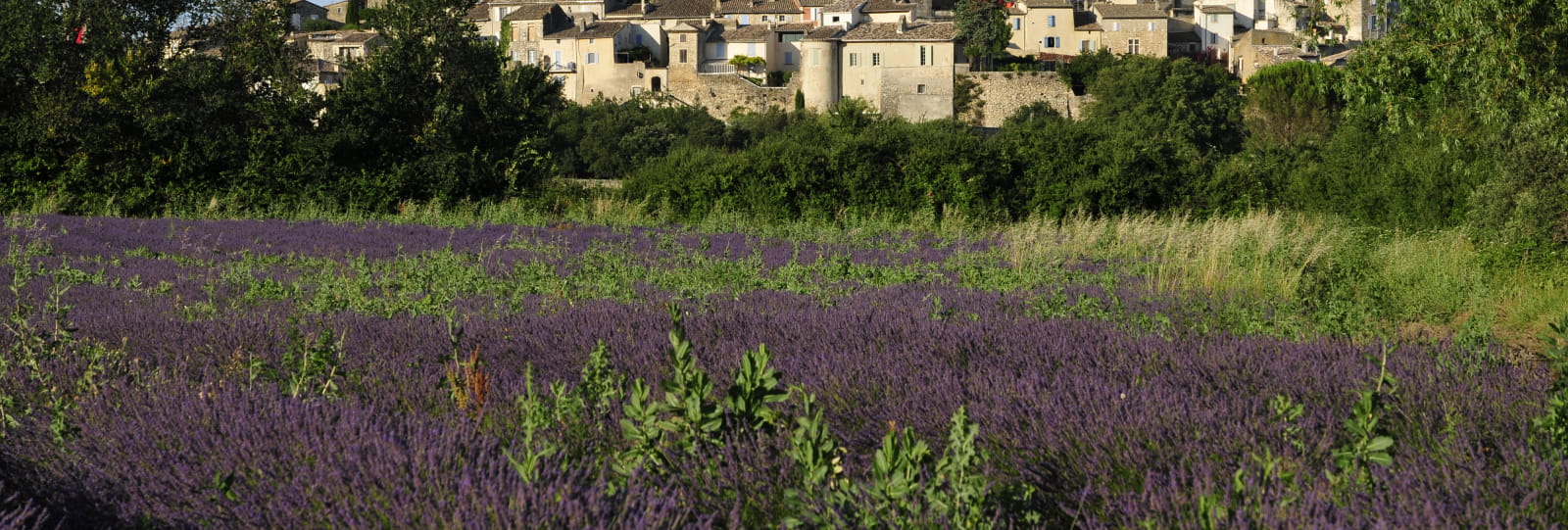
Grignan
Built on a rocky outcrop, during the Middle Ages, the village is dominated by the castle and its Renaissance facade. The little streets lead to the church Saint Sauveur, where Madame de Sévigné lies since her death at Grignan in 1696.
The history of Grignan is often confused with the history of its castle and its successive residences.
The castle town, mentioned as early as 1105, developed in the 13th and 14th centuries, with the growing role of the powerful Adhemar de Monteil family, whose youngest branch (the Adhemar de Grignan) definitively took possession of the seigneury in 1239.
The village, nestled at the foot of its castle, remained sheltered within its ramparts until the very end of the 15th century.
The first expansion of the town took place in the mid-16th century, with the creation of the Grand and Petit faubourgs, the promenade and jeux du Mail (1550) and the construction, outside the walls, of the grain market (1553), on the present site of the town hall.
The same period also saw the construction of the Collégiale Saint-Sauveur (1535-1542) and the major embellishment of the château (1543-1557), turning the ancient medieval fortress into a remarkable Renaissance palace.
The town and its château enjoyed further glory days in the 17th century with François de Castellane Adhémar, Count of Grignan, who served as Lieutenant General and Governor of Provence for almost half a century.
His marriage to Françoise Marguerite de Sévigné in 1669 gave rise to the famous epistolary correspondence between the Marquise de Sévigné and her daughter, the Countess de Grignan.
From the 18th century onwards, the memory of Mme de Sévigné and her burgeoning literary fame saved the Château de Grignan from ruin and oblivion.
The modernization of the village in the 19th and 20th centuries accompanied economic development, while preserving the richness of its architectural heritage and the quality of its landscapes.
Our services
- accepted animals
Opening
All year round, daily.
Prices
Free access.
Through Agence d'Attractivité de la Drôme
















